The Evolution of CGI Animation from Concept to Screen
Watching humans diving into a black hole and fighting with weird alien creatures on screen is really fascinating. We can make the most realistic visuals of literally anything we imagine. This amazing representation on screen came to life thanks to CGI technology.
CGI animation has really transformed the experience of visual storytelling into a rich combination of artistic vision and technological edge. The way CGI takes one from very basic beginnings to the hyper-realistic visuals seen today is the ultimate testament to human ingenuity.
CGI is a lot more than just an artistic medium for advertising industries. Let’s dive into how CGI animation evolved and how it’s reshaping campaigns for businesses, especially for top advertising agencies in Ahmedabad and beyond.
The Evolution of CGI Animation
The Early Days: Pioneering Pixels
The story of CGI animation starts in the 1960s when computers were by no means those slim machines we use these days. It all started with simple geometric shapes and even wireframes simulating movement.
Some of the first computer-generated images in motion pictures were included in films like Tron (1982) and Westworld (1973). These transformative events demonstrate that computers are capable of creating a whole new universe, not merely calculating numbers.
For advertising, it was at the very beginning of the possibilities that were emerging. Even though the tools were quite primitive, they laid the basis for what ultimately became a revolution in creativity.
The 1990s: A Leap Towards Realism
By the 1990s, scientific and technological advancements in software and hardware catapulted CGI into a different league. Movies like Jurassic Park (1993) and Toy Story (1995) demonstrated to the world how dinosaurs and toys could be given a life using CGI. These movies set benchmarks for realism and emotional connection and inspired industries beyond entertainment to adopt CGI.
For an advertising agency in Ahmedabad, these breakthroughs meant a chance to create more engaging visuals. Brands could now use CGI to design intricate 3D models, simulate real-world environments, or even craft entirely fictional universes. The result? Ads that didn’t just inform but immersed audiences in unforgettable narratives.
2000s: CGI Meets Accessibility
The millennium turned into democratizing CGI. The introduction of software such as Maya and Blender, allowed artists to explore CGI, no longer limited to a Hollywood budget. The creation of motion capture technology provided the possibility for animators to produce extremely realistic movements in human beings, similar to what can be found in The Lord of the Rings.
This era also marked a boom in advertising. Top ad agencies in Ahmedabad began integrating CGI into campaigns, designing product simulations, and crafting stunning visual effects. Whether it was a car zooming through a futuristic city or a product disassembling in mid-air to showcase its features, CGI elevated the storytelling capabilities of brands.
2010s: A New Level of Interaction
The 2010s brought CGI to be very realistic. Movies like Avatar, released in 2009, and Inception, released in 2010, showed all that CGI could do to provide immersive experiences, breaking the boundaries of reality and virtuality. Brands, through social media sites, helped use CGI to produce more shareable, attention-grabbing content.
(Image Ref: https://www.nyfa.edu/student-resources/best-cinematography-many-looks-avatar/
nt & marketing agency, it went to thinking about developing personalized, interactive experiences. AR and VR came to be new frontiers that opened opportunities for new ways brands could connect with their audiences. Think interactive 3D models for e-commerce or AR filters for social campaigns—CGI made it all possible.
Today: The Era of Hyper-Realism
In 2025, CGI is no longer a tool; it’s a medium for limitless creativity. With AI and machine learning, textures and lighting can be very carefully simulated; emotions, on the other hand, are not so easy; making CGI hyper-real is not easy. Leading this pack of pioneers with their display of never-before-seen capabilities are gamers and advertising worlds.
CGI has become a go-to for creating captivating campaigns for Performance Marketing Agency. Be it a realistic product demo or a surreal brand story, CGI has been there to help agencies deliver visuals that resonate with their audiences. Real-time rendering tools have also shortened production timelines, enabling agencies to respond quickly to trends.
The Role of CGI in Advertising
So, why has CGI become indispensable for advertising?
- Enhanced Creativity: CGI removes the limitations of the physical world, enabling agencies to create anything they imagine.
- Cost Efficiency: While the initial investment in CGI might be high, it’s often more cost-effective than elaborate live-action shoots.
- Scalability: Whether you’re a boutique studio or a global advertising & marketing agency, CGI can adapt to your needs, from small-scale animations to full-blown campaigns.
- Engagement: Interactive and visually stunning CGI content captures attention and encourages audience interaction.
Future Trends in CGI for Advertising
As CGI technology continues to evolve, so do its applications in advertising:
- AI-Driven CGI: AI will enable faster and more precise animations, making it easier for agencies to deliver personalized content.
- Real-Time Rendering: Tools like Unreal Engine are becoming the new quality standards for making high-quality real-time visualization.
- Immersive Experiences: AR, VR, and MR will reshape the audience’s engagement with brands, where CGI will become more interactive than ever.
- Sustainability: Those virtual sets could save a chunk of carbon spent in traditional shoots if made through CGI.
Wrapping Up
This journey of innovation and creativity in CGI animation, from simple wireframes to hyper-realistic visuals, is something special. In the world of advertising, for instance, CGI unlocks new dimensions of storytelling that allow brands to connect with audiences on a deeper level.
At its core, CGI is about possibilities. Whether you’re an advertising agency in Ahmedabad or a global marketing powerhouse, it’s a tool to turn imagination into reality. Eta Solution, your trusted marketing agency, is here to help you craft futuristic ads or heartfelt brand stories that leave a lasting impact. Ready to redefine advertising with CGI? Let Eta Solution guide your journey into the future of creativity.
